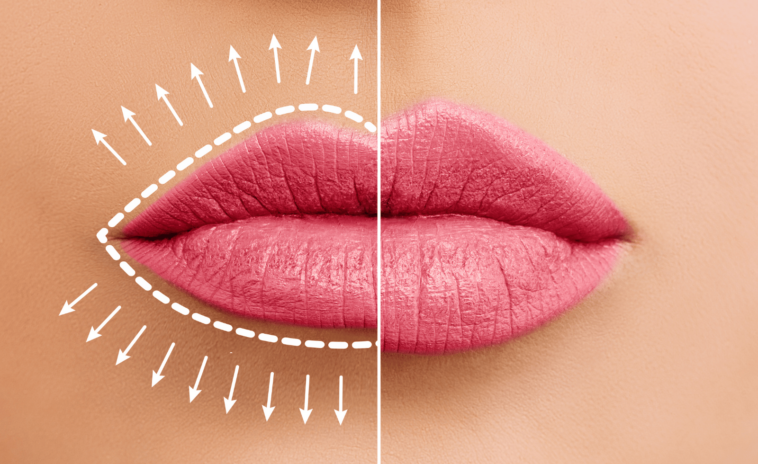You’ve thought about getting injectables, Botox, or other treatments, but the idea of an aesthetic procedure seems dangerous and nerve-wracking. That’s why Pat Phelan, along with doctors Brian and James Cotter, founded Sisu Clinic – a global chain of aesthetics clinics based in Ireland that provides something few other aesthetic clinics do: empathic aesthetic medicine.
The origin story
When working with his brother James in a hospital, Dr. Brian Cotter got the inspiration to start an aesthetics clinic. They both were interested in the popularity of non-invasive surgical treatments, and they found that clinics that saw patients as customers rather than individuals weren’t putting their needs before the clinic’s bottom lines.
“The aesthetic space has lost its way somewhat over the last number of years, as providers have entered the market with a focus on mainly selling,” Dr. Cotter tells GIMME. “This has resulted in a gradual change in aesthetic norms whereby over-use of filler, in particular, has distorted the natural anatomy. A more ‘extremis’ look can be seen in not only some patients but also in providers.”
After starting a group of clinics of their own, the two Dr. Cotters partnered with long-time friend and entrepreneur Pat Phelan to expand their practice in 2018. They sought to begin a conversation around something they felt was missing: empathic aesthetic medicine. Now, they have 21 clinics in Europe and the United States, with two in New York City, one in Miami, and one opening in Houston in January 2023.
What is empathic aesthetic medicine?
Dr. Cotter says that empathic aesthetic medicine is “based on information, education, understanding, and trust.” Patients often don’t know how treatments may work or have misconceptions about safety – because of this, Dr. Cotter says, they’re afraid of exploring the options. By empowering patients through strong communication, empathic aesthetic medicine acknowledges limitations, doesn’t cater to unrealistic beauty standards and gives patients a wealth of knowledge so they can be informed about their treatments.
“We guide the patient through the process and give honest inputs into what are the best options available to achieve the desired results.”
For Dr. Cotter, empathic aesthetic medicine isn’t just a gimmick – it’s something that all aestheticians should aspire to and is often a matter of ethics in the Hippocratic oath to do no harm.
“Unfortunately, traditional aesthetic medicine has been more focused on the ‘spend and sales’ aspect rather than taking a patient-centric approach. The space is currently seeing over-filled aesthetic, over-treated faces and this creation has been a result of over-selling, and pushing more treatments or more volume than someone actually needs.”
“We want patients not to just feel they are part of a transaction, but rather an interaction between medical provider and patient founded and established on mutual respect and trust,” Dr. Cotter continues. “In reality, no one needs these treatments, but they may want them, and we are effectively both guardians and guides to our patients.”
Making it personal
So how does empathic aesthetic medicine look in the treatment room? Empathy is about understanding the experiences and feelings of patients, and to Dr. Cotter, that means understanding what they need through personalized consults that weigh three factors: restoration, remodeling, and balance.
“No two faces are ever the same, and the same goes for the different sides of the face. Often a cookie-cutter approach is taken, and this can lead to either everyone looking the same or an imbalanced aesthetic. A custom assessment of every patient allows us to explain the subtle difference in anatomy, the variations that are unique to that face.”
Dr. Cotter adds that these tailored treatment plans value symmetry and facial harmonization across all age groups.
“The best injectable is undetectable,” says Dr. Cotter, and that means letting the patient’s uniqueness inform how their aesthetic journey will look. “The way the light catches a person’s cheek, for example, can play a role in how I approach a treatment – where to place filler volume, at what depth are all vital in how I bring contour and structure to symmetrical proportions.”



